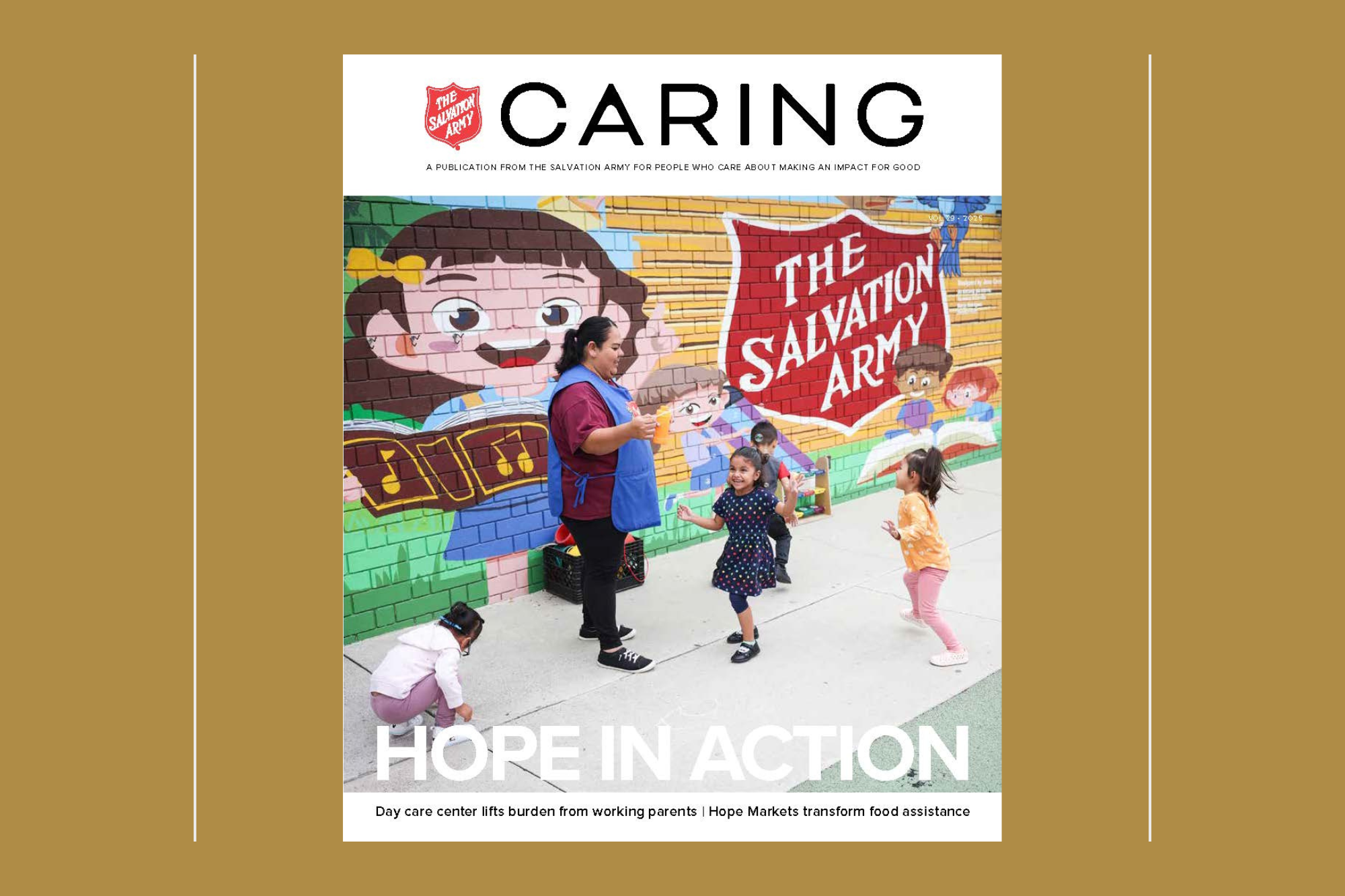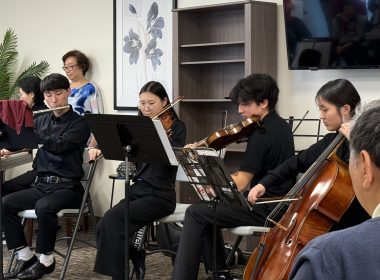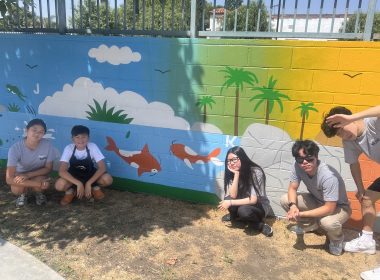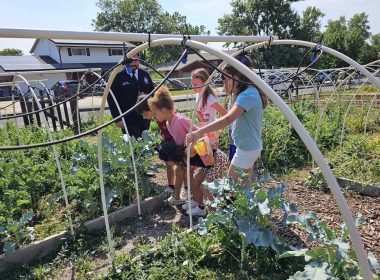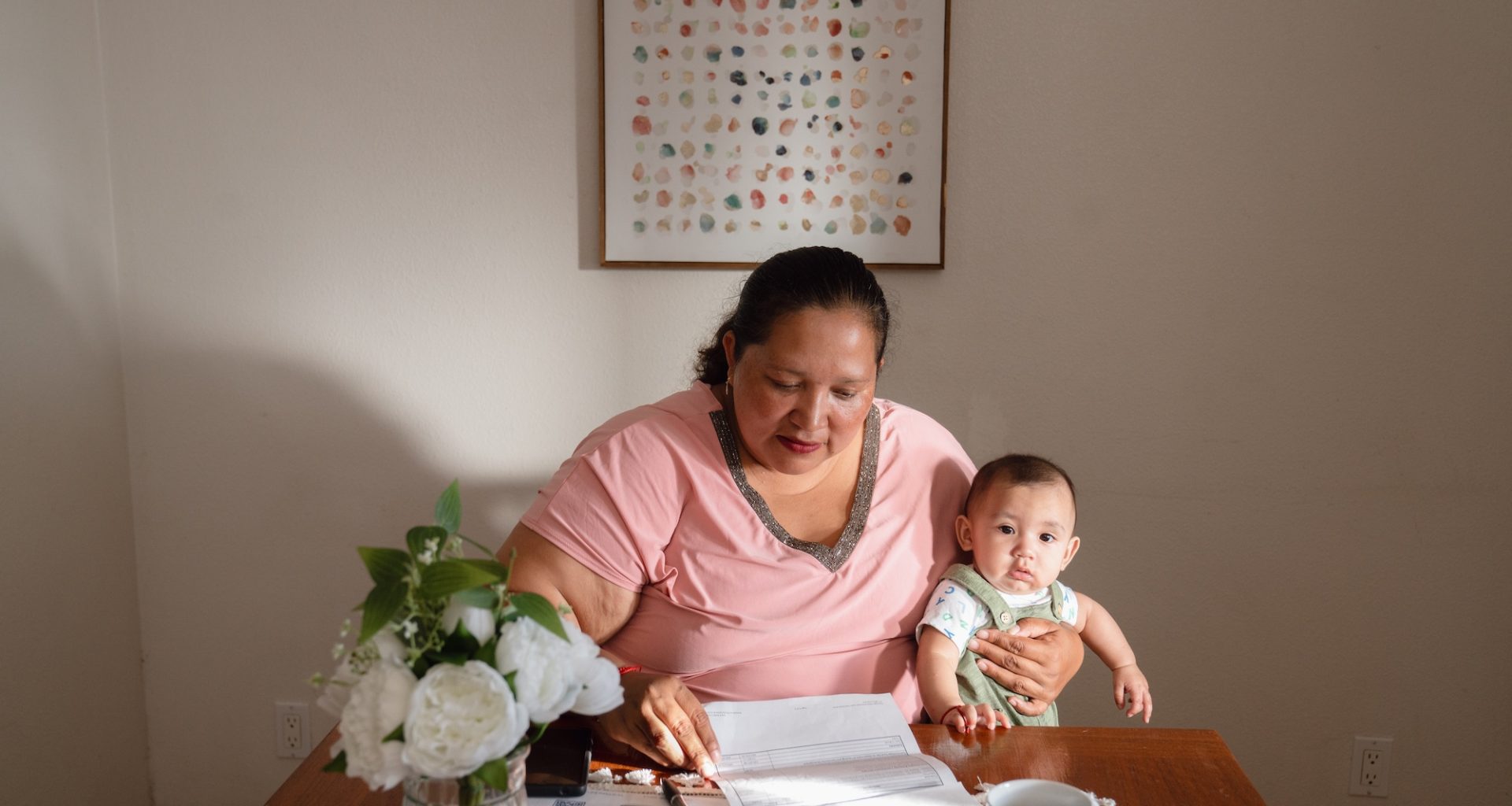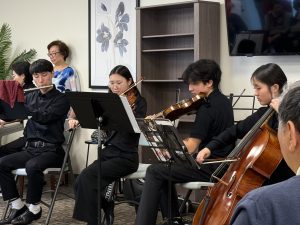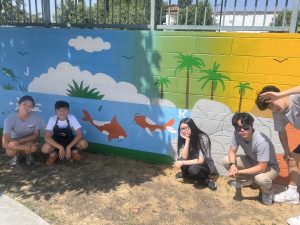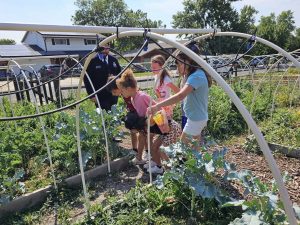When the phone rings at The Salvation Army Connection Center in Aurora, Colorado, trained staff answering the phones know the conversation will be an opportunity to extend a lifeline to the voice on the other end.
Lead Access Intake Case Manager Rachel Law knows the difference people in supportive case manager roles can make—having experienced homelessness, she brings lived experience to the conversation.
“People in these roles either help you succeed, or they push you back into poverty and not trust the system,” Law said. “I wanted to be like the people who helped me to learn: I am resilient, I deserve to take up space, I am enough.”
At the Connection Center, Law is one of just six case managers who field nearly 2,800 calls monthly, providing emergency assistance, resource referrals and housing navigation across Colorado, Montana, Utah and Wyoming.
“We are the first call most people make in crisis,” said Program Manager Logan Ray. “We encounter people who are suicidal. We have people in active domestic violence who call us…We work with documented and undocumented families. We see a very big population of people.”
While calls primarily come from the Denver Metro area, the Connection Center has expanded its resource connections in Montana, Utah and Wyoming. Additionally, the Connection Center takes walk-in cases from 9 a.m.-4 p.m. Monday through Friday.
When someone contacts the Connection Center, they’re screened to identify what resources they need.
“Anyone can end up homeless, and it is not necessarily something they did; sometimes it is a lack of resources,” Law said. “I have seen people who did not know where to look for the resources, but when they did find them, that was the difference between them being successful and failing.”
For each call, Connection Center team members record key details for The Salvation Army and its partners that are used to understand the need in the communities. Ray said there is a database for the information.
“We’re getting them into a place where they can get out of crisis and feel a little safer and calmer until they get to shelter.”
Logan Ray, Program Manager
The Connection Center maintains two different wait lists: the family shelter wait list, which is dedicated to anyone who meets the HUD definition of homeless, and the assistance list, with those who have an unstable housing situation of some kind.
Since the beginning of the Connection Center, Ray said the family waitlist has remained over 100 families at any given time. With every client on the wait lists, staff also screen for rapid resolution—often a security deposit, first month’s rent or payment so they don’t get evicted—and have resolved numerous families’ needs, resulting in them being taken off the list.
“We are trying to get families off that wait list a lot quicker, and trying to do more resource navigation,” she said.
The case managers also complete coordinated entry assessments—something Ray said streamlines the process once a family gets to a shelter so they can then focus on other elements of navigation with case managers.
Rather than simply adding callers to waitlists, the Connection Center provides immediate solutions—connecting people with food banks, clothing resources, shower facilities, diapers, formula and transportation to in-person services when needed.
“There’s a lot more navigation that goes on besides that initial like, ‘Hey, I need to be put on the list,'” Ray said, noting they provide weekly case management to callers.
While the Connection Center is family-focused, Ray said they also serve individuals with resource navigation, and work with over 40 community partners they refer out to for additional resources.
Since the beginning of 2025, the Connection Center has helped over 147 families secure shelter, as well as worked with over 600 families for cold weather sheltering.
During cold weather activation, the Connection Center is the area’s only family resource for vouchers for cold weather sheltering in hotels. In the wintertime, the Connection Center receives some 700 calls per day.
“We’re getting them into a place where they can get out of crisis and feel a little safer and calmer until they get to shelter,” Ray said.
Do Good:
